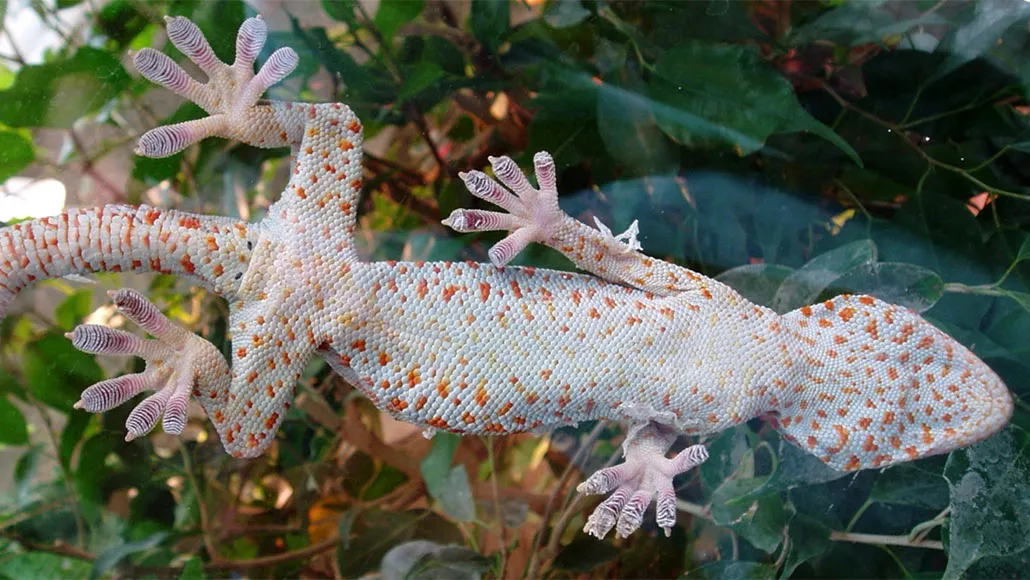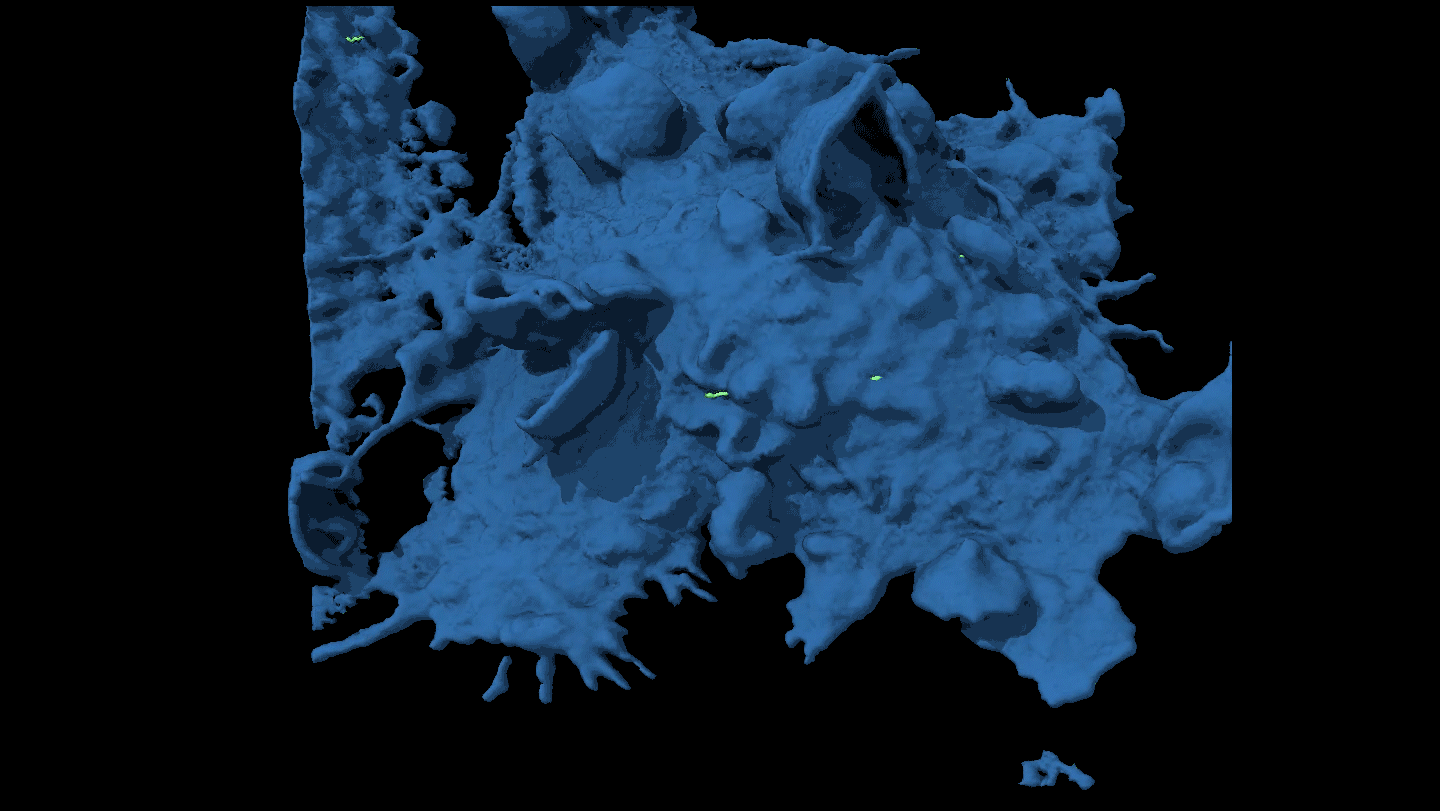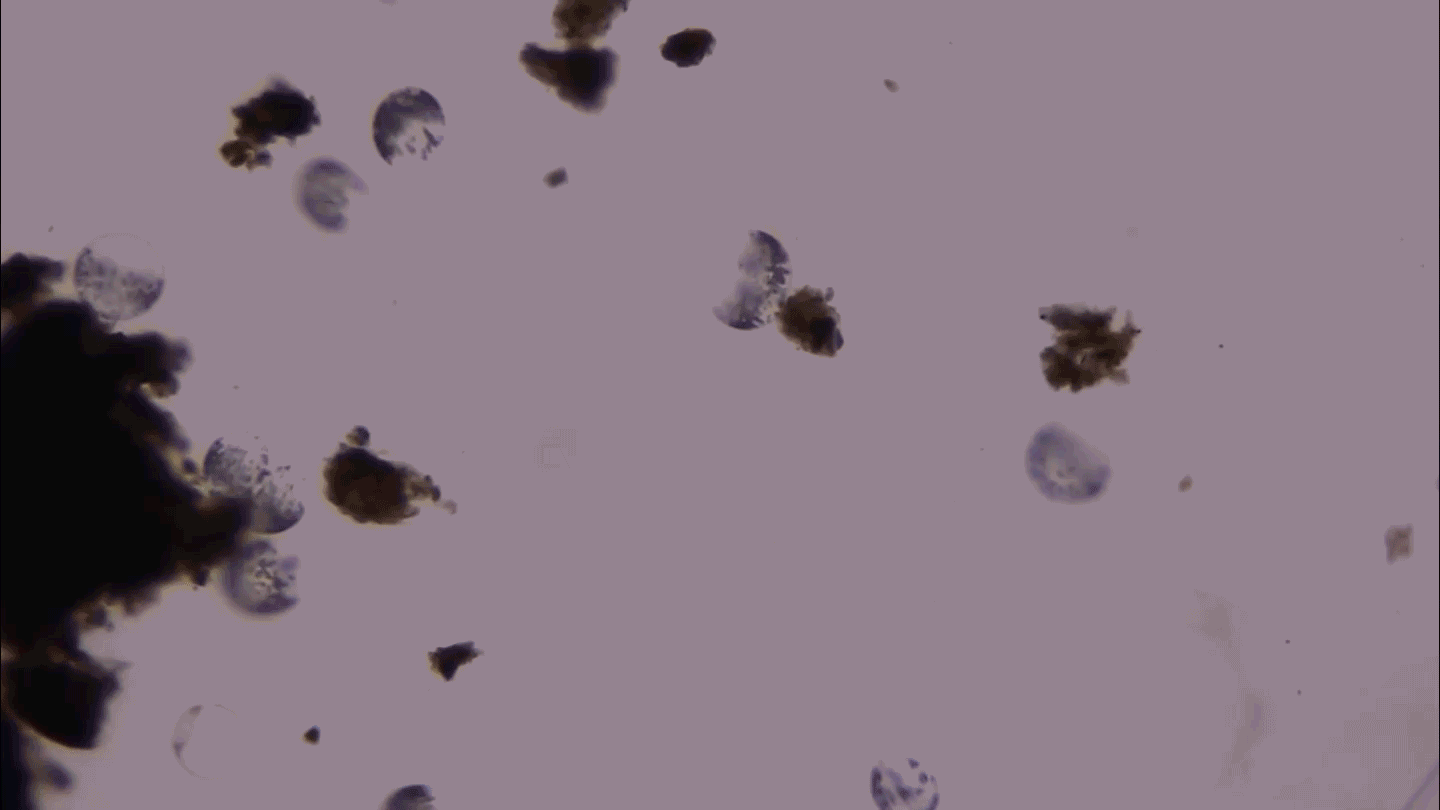50 years ago, scientists thought they knew why geckos had sticky feet
Excerpt from the September 6, 1969 issue of Science News

STICKY FEATS Each of a tokay gecko’s (Gekko gecko) four feet has nearly 500,000 tiny hairs that help the nocturnal reptiles stick to glass and other slick surfaces.
Udo Schröter/Flickr (CC BY-SA 2.0)








